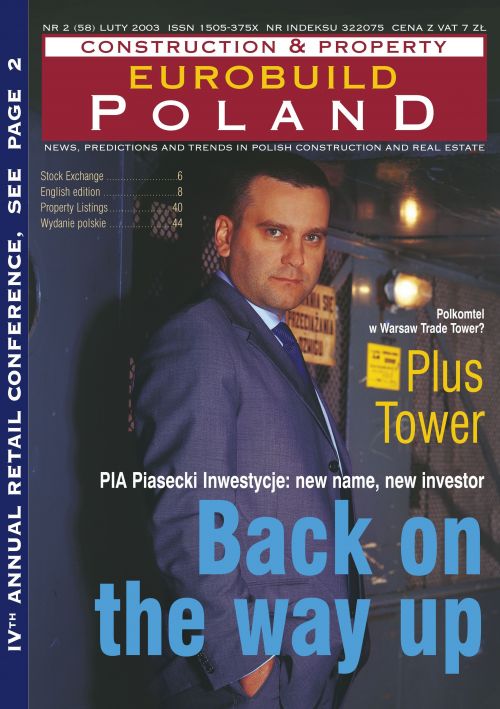An operational flaw in electric installation can turn a huge
building into a dead giant. It is worth spending one in PLN 17 to fortify it
with systems, making it immune to such risks
Kazimierz Chałupka, Chief Supervisor for power installations on the
construction site of the Warsaw Inter-Continental Hotel, works flexible hours,
enabling him to turn up at work later than most of the 400-plus workers but he
spends his evenings in his office, pouring over design sheets. What does a power
installation specialist work on, a dozen or so months after the beginning of
construction? "We look at appliances installed in hotel kitchens. It might
seem surprising to you but kitchens are very important places," says Mr.
Chałupka.
From an electrical engineer's point of view, kitchens are where a number of high
voltage appliances operate simultaneously in close proximity and are arranged
right in the centre of the room. For the hotel's general contractor, the
Austrian firm P






























































